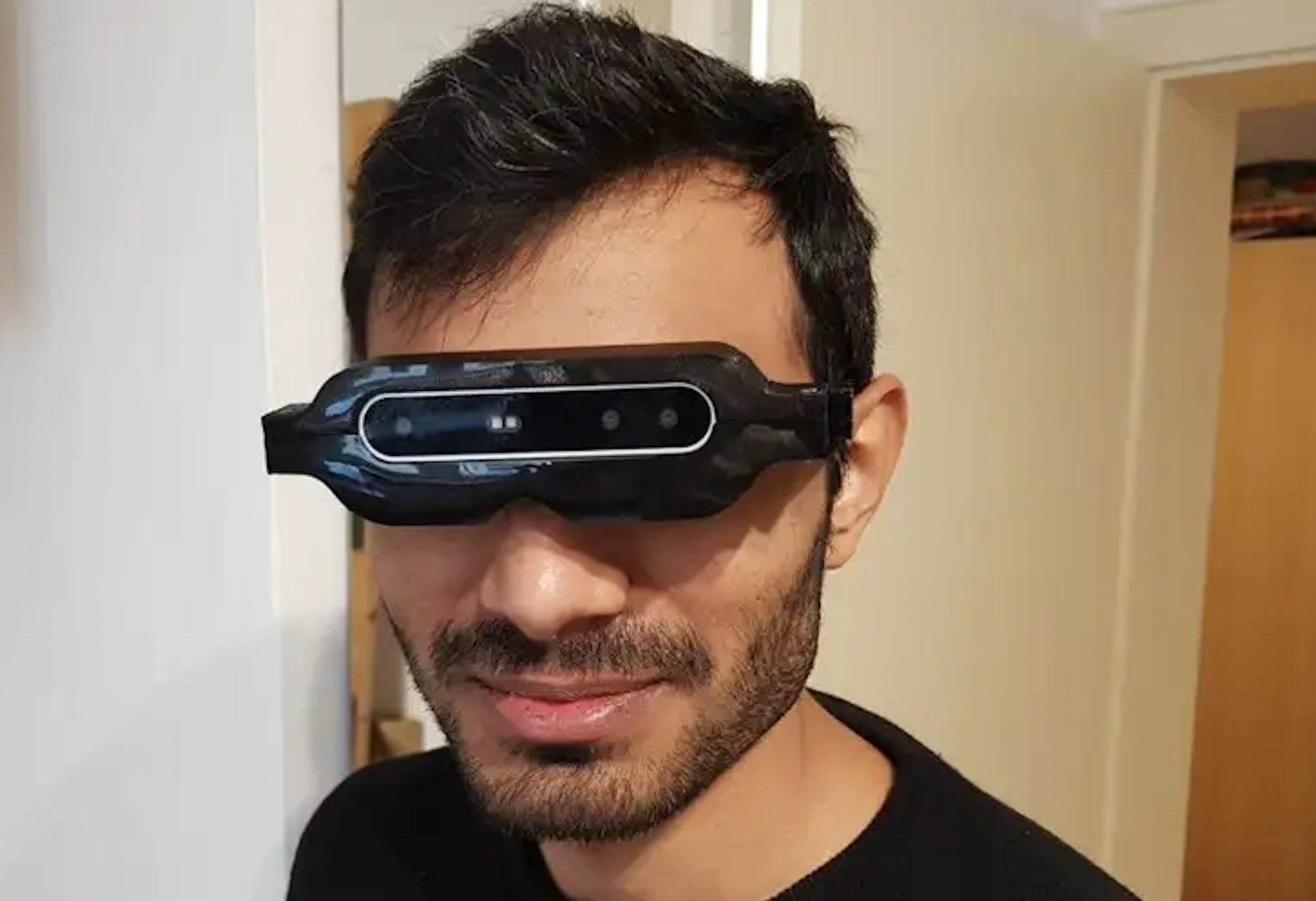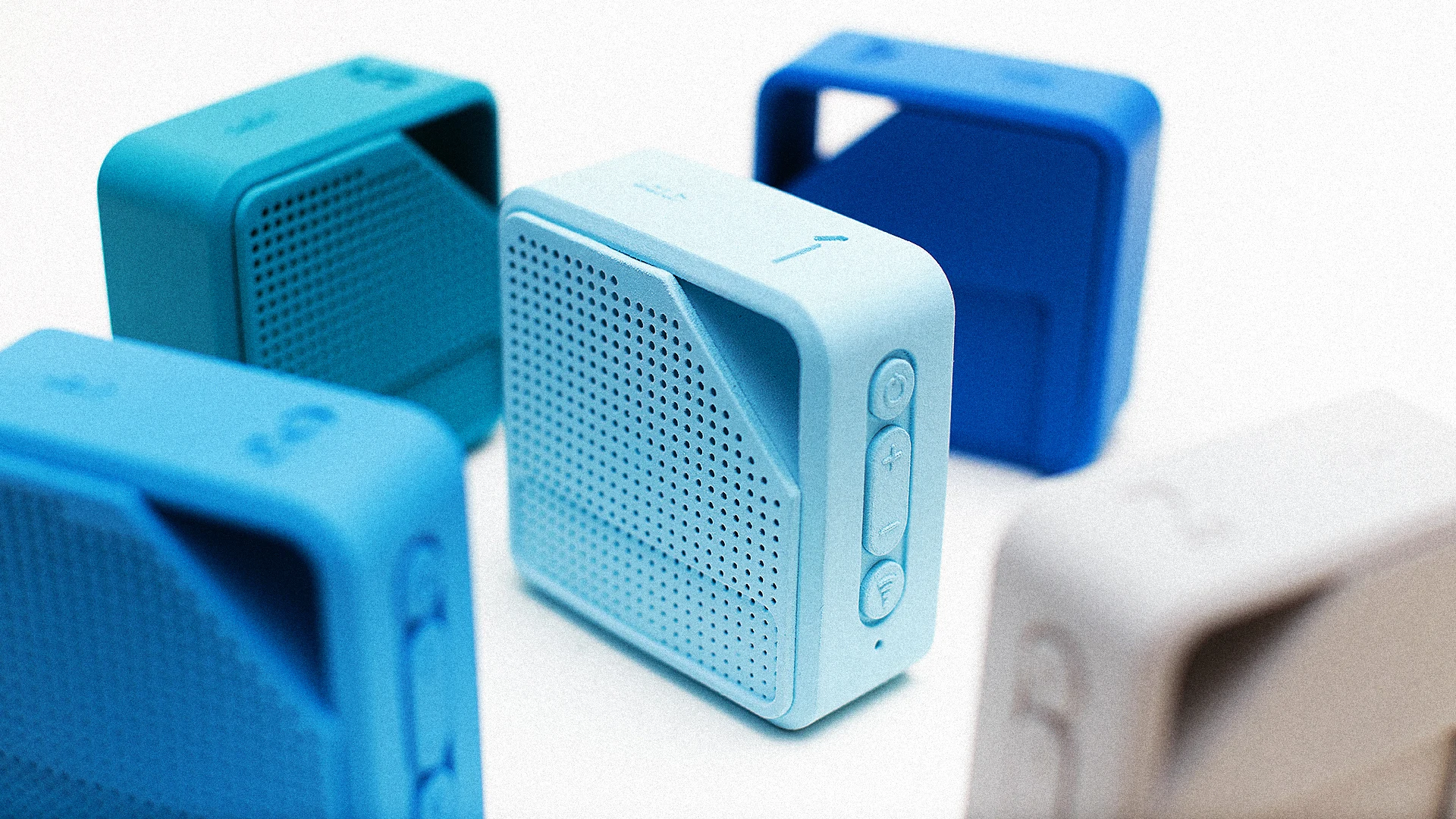Mobility Aids for Visually Impaired Users: Improving Autonomy
Wiki Article
Discover Ingenious Devices Designed for the Aesthetically Impaired
The development of innovative tools for the visually impaired stands for a substantial innovation in access and independence. Technologies such as smart glasses with AI capabilities and mobile applications made to give acoustic summaries are reshaping everyday experiences for users. Additionally, wearable tools that employ haptic feedback boost ecological understanding, while contemporary Braille advancements supply new ways to involve with text. As these tools remain to advance, their impact on the lives of those with visual problems increases essential inquiries regarding the future of inclusivity and autonomy in different elements of life. What lies in advance in this technical landscape?Smart Glasses for Navigating

Smart glasses made for navigating are transforming the method visually damaged people communicate with their atmosphere. These sophisticated devices utilize a mix of electronic camera modern technology, synthetic knowledge, and auditory comments to offer real-time details concerning environments. By utilizing obstacle discovery systems, smart glasses can inform customers to potential risks, making it possible for much safer wheelchair in both acquainted and unknown settings.
The integration of GPS technology further improves navigating capacities, allowing individuals to obtain acoustic instructions as they move. This hands-free strategy not only promotes freedom but likewise equips aesthetically damaged individuals to navigate urban landscapes with boosted self-confidence. In addition, numerous clever glasses are geared up with attributes that determine sites and street signs, offering contextual info that boosts the customer experience.
Additionally, the development of these devices is constantly progressing, with business functioning to improve the precision of object acknowledgment and broaden the series of navigational functions. As clever glasses come to be much more obtainable and cost effective, they hold the prospective to considerably transform day-to-day live for aesthetically damaged customers. Eventually, these ingenious tools represent a vital step towards inclusivity, offering improved flexibility and a higher feeling of freedom for individuals browsing the world around them.

Mobile Application for Daily Living
How can mobile applications boost the day-to-days live of visually impaired people? Mobile applications are revolutionizing the method aesthetically impaired users navigate their settings, take care of day-to-day jobs, and access details. These applications offer necessary assistance via numerous capabilities, cultivating freedom and enhancing high quality of life.Several cutting-edge mobile apps are created especially for day-to-day living. Applications like Be My Eyes link visually damaged users with sighted volunteers via video telephone calls, allowing them to get real-time help with jobs such as reviewing tags or browsing unfamiliar areas. In A Similar Way, Seeing AI, developed by Microsoft, uses man-made intelligence to explain environments, checked out message, and recognize things, successfully changing a smartphone right into a powerful tool for day-to-day help.
Additionally, navigation applications customized for the visually damaged, such as Aira and BlindSquare, use audio-based directions and environmental info, making it possible for customers to traverse their environments securely and confidently. Beyond navigating and immediate assistance, mobile apps also support organization and task management, with functions that help customers set suggestions, create order of business, and track consultations. In summary, mobile applications function as crucial sources, encouraging visually damaged people to lead even more independent and satisfying lives.
Wearable Technologies for Support
Empowerment via innovation is significantly noticeable in the world of wearable tools designed to aid visually impaired people. These innovative devices integrate perfectly into everyday life, improving navigation and providing crucial responses to users. For instance, smart glasses outfitted with video cameras can review and recognize faces message out loud, allowing users to communicate more confidently in expert and social settings.One more significant development is the use of haptic feedback systems in wearable tools. These systems utilize resonances or various other tactile signals to communicate information regarding the customer's setting, such as barriers or changes in terrain, enhancing flexibility and safety. Wearable technologies also consist of wristbands that connect to smart devices, alerting users to notices through refined resonances, therefore boosting connection without dependence on aesthetic cues.
As these technologies remain to develop, they are not just boosting independence for aesthetically impaired people however also promoting a higher feeling of incorporation in society. By bridging the void in between obstacles faced in daily living and the possibility for autonomy, wearable innovations serve as essential devices in the mission for equality and empowerment for those with aesthetic impairments.
Audio Description Tools
Audio summary tools play a critical role in enhancing accessibility for visually impaired people, providing them with the capacity to engage with aesthetic media. Voice-activated assistive devices. These tools use narrated descriptions of helpful site key visual elements in movies, television programs, and live efficiencies, ensuring that individuals can totally comprehend the context and feelings conveyed through visualsSound description can be integrated into various systems, consisting of streaming services, cinema testings, and live movie theater. Many popular streaming solutions now include audio summary as an access feature, permitting visitors to pick it quickly. Along with traditional media, specialized applications additionally exist, giving audio descriptions for art exhibitions, galleries, and various other cultural occasions.
The effectiveness of audio summary pivots on the skill of the storytellers, who have to share aesthetic details succinctly without detracting from the original sound. Innovations in this field are additionally leading the way for more individualized experiences, where individuals can change the level of information and pacing according to their preferences.
Braille Innovations and Gadgets
Braille technologies and gadgets have actually substantially transformed the means aesthetically damaged individuals interact with message and details. Modern innovations have actually resulted in the advancement of versatile devices that enhance proficiency and freedom among users. Especially, Braille show innovations have advanced, enabling for dynamic analysis experiences. These tools convert digital message into Braille, allowing customers to access a huge important source variety of details on smart devices, computers, and tablet computers.
Moreover, portable Braille notetakers integrate standard Braille input with contemporary capabilities, assisting in note-taking, scheduling, and file editing and enhancing on the move. Wearable technology for low vision. These compact gadgets usually feature text-to-speech abilities, linking the void between Braille and auditory information
On top of that, cutting-edge Braille printers have actually arised, enabling customers to create Braille labels, files, and educational products efficiently. This ease of access fosters higher engagement in educational and expert environments, ultimately advertising inclusivity.
Additionally, research study into clever Braille modern technologies remains to broaden. Devices that integrate expert system are being discovered to give real-time navigating aid and contextual information, boosting the individual experience in diverse settings. Generally, these developments mirror a dedication to encouraging aesthetically impaired people with technology, directory guaranteeing they can easily access and involve with the world around them.

Final Thought
The advancement of innovative devices for the visually damaged substantially improves self-reliance and top quality of life. These innovations not only foster better addition however also advertise autonomy in day-to-day activities, eventually contributing to a more equitable and easily accessible culture for visually impaired individuals.As smart glasses come to be extra cost effective and available, they hold the possible to dramatically change daily life for aesthetically damaged users. Mobile applications are changing the means aesthetically impaired users navigate their atmospheres, take care of everyday tasks, and access information. Applications like Be My Eyes link visually impaired customers with sighted volunteers via video clip calls, allowing them to get real-time help with tasks such as reviewing labels or browsing strange rooms.In addition, navigating apps tailored for the aesthetically damaged, such as Aira and BlindSquare, offer audio-based instructions and ecological info, making it possible for users to traverse their environments securely and with confidence.The advancement of innovative devices for the aesthetically impaired substantially enhances independence and high quality of life.
Report this wiki page